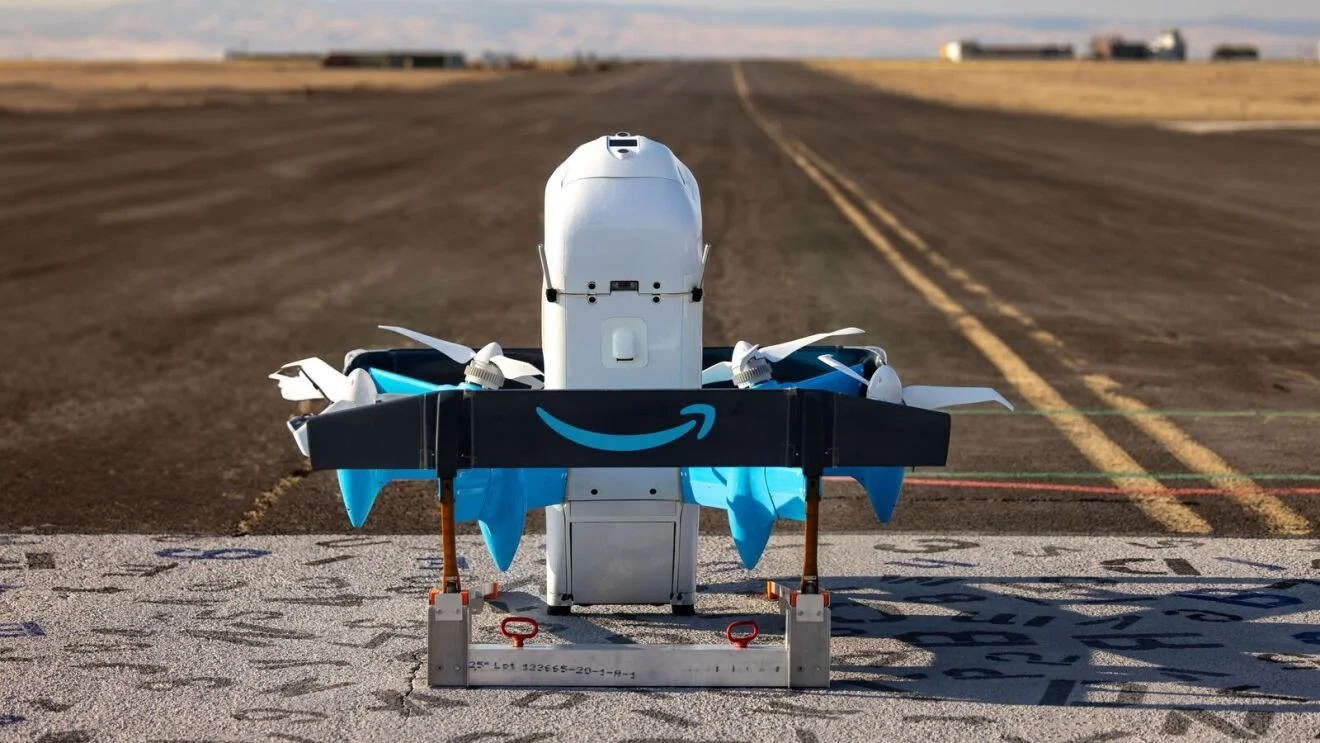Australia’s MQ-28 Ghost Bat Advances AI-Driven Unmanned Aviation and Defense Technology

Image Source: Wikipedia
The Royal Australian Air Force (RAAF), in partnership with Boeing Australia, is advancing the MQ-28 Ghost Bat, an artificial intelligence-enabled unmanned combat aerial vehicle (UCAV) intended to support manned aircraft and enhance military capability. With AI at its core, the Ghost Bat is a key step in autonomous defense technology and positions Australia at the forefront of unmanned aviation.
Origins and Development
Launched in 2019 as the Airpower Teaming System, the MQ-28 Ghost Bat is the first combat aircraft designed and built in Australia in over 50 years. The aircraft’s maiden flight took place on February 27, 2021, at the Woomera Range Complex in South Australia. Designed to operate as a “loyal wingman”, the MQ-28 uses advanced AI to undertake high-risk missions alongside manned platforms such as the F-35A Lightning II and E-7A Wedgetail. As of May 2025, eight Block 1 prototypes have been constructed, with plans for three Block 2 aircraft featuring an improved wing and updated AI navigation systems. Further progress on Block 2 production is contingent on additional government funding, expected to be decided in late 2025.
BAE Systems Australia provides the AI-powered vehicle management system for autonomous flight, while Saab Australia supplies the TactiCall solution for secure data exchange. Over 200 local companies have contributed to the Ghost Bat’s development, strengthening Australia’s domestic defense industry.
AI Testing and Operational Milestones
The Ghost Bat has completed over 100 test flights and 20,000 hours of digital simulation to refine its AI algorithms for autonomous navigation and manned-unmanned teaming. In June 2024, RAAF Wing Commander Phil Parsons became the first RAAF pilot (outside Boeing test pilots) to launch and recover the Ghost Bat, marking a step toward operational integration. Live air-to-air missile testing is scheduled for late 2025 or early 2026 to validate its combat capability. Additional teaming exercises with F-35A and E-7A aircraft are also planned for late 2025. All testing has occurred at the Woomera Range Complex, and reports indicate limited demonstrations in the United States, but no official deployment.
Strategic Role and International Collaboration
Aligned with recommendations from Australia’s 2023 Defence Strategic Review, the Ghost Bat is designed to enhance interoperability with allies, notably the United States. The U.S. Navy has shown strong interest in evaluating the Ghost Bat for its Collaborative Combat Aircraft (CCA) program, though no official selection has been made. In Japan, Boeing is contracted for research on manned-unmanned teaming. As of May 31, 2025, the Royal Australian Air Force has not made a final decision regarding full-scale production. The Australian government provided additional AU$400 million funding in February 2024 to develop three Block 2 aircraft and continue testing, but this does not constitute a commitment to mass production. The RAAF is expected to make a formal recommendation to the government regarding future procurement by early 2026, following ongoing flight tests and capability demonstrations scheduled throughout 2025.
Benefits and Challenges of AI Integration
The Ghost Bat’s AI enables autonomous operation, reducing risk to human pilots by undertaking high-threat or repetitive tasks. Its modular 1.5 cubic meter nose allows for various payloads, including sensors and munitions. The aircraft is estimated to cost around 10% of an F-35A, offering cost-effective force expansion. The program has supported job creation across more than 200 Australian companies.
However, the program faces technical challenges in fully validating its autonomous capabilities, and production costs may be adjusted based on government funding decisions. Anduril’s Fury drone, a competitor also showcased in Australia in 2025, is being considered for future force structure planning, but no procurement decision has been made. Ethical and legal debates over the use of AI in autonomous weapon systems remain ongoing, in line with international discussions about the deployment and governance of such technologies.
We are your source for AI news and insights. Join us as we explore the future of AI and its impact on humanity, offering thoughtful analysis and fostering community dialogue.



























